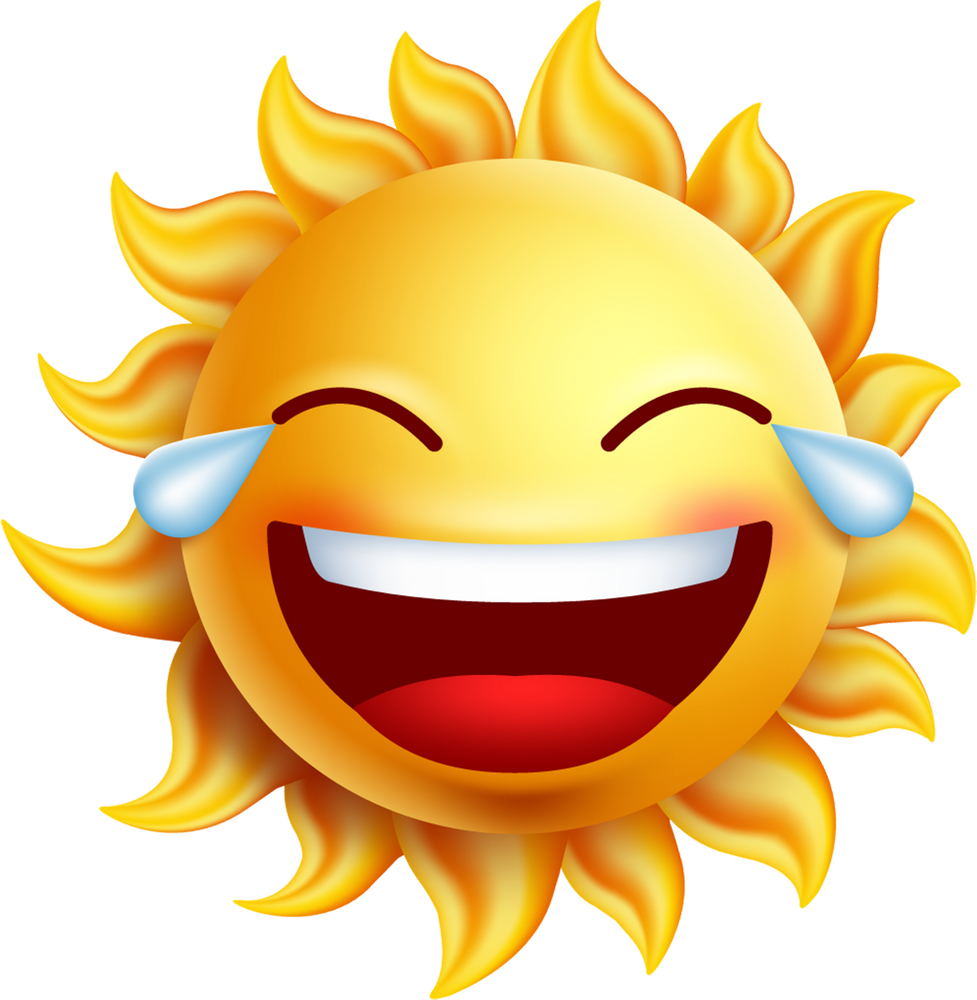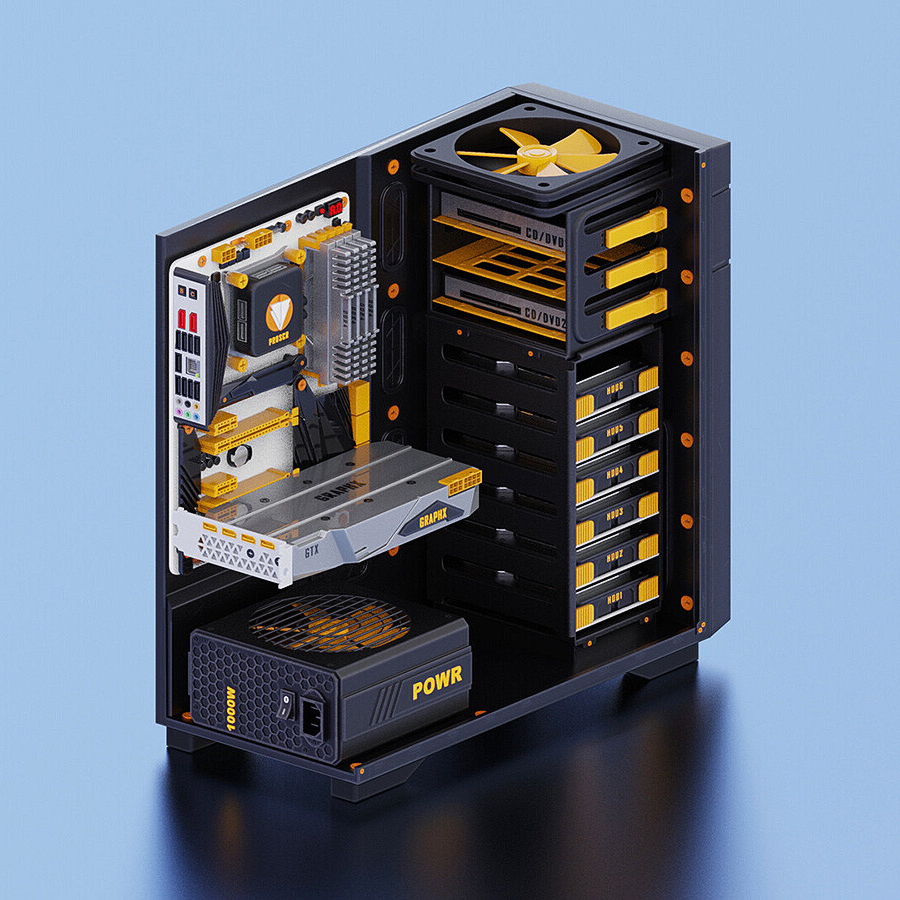I mean, the hostility is entirely understandable. The current form of generative art is meant to replace artists. It is part of what is currently devastating peoples livelihoods, although I think some companies and clients are already learning that it currently leads to lower overall quality, due to how much harder it is to implement changes based on feedback. It lowers the overall quality bar, although it does have the potential to raise the floor a little. The larger models that are causing this hype are quite literally trained on the work of unwilling artists.
It is the most disrespectful and clearly ethically wrong basis to build it on, and it really begs the question of whether the ends justify the means. Beyond that, art is just not an area where we need AI. It largely hurts artists, is super energy demanding so it actively hurts the environment for no real benefit.
The energy would be so much better used solving actual problems, so more people could spend time doing things they enjoy. If some people enjoy AI generation, then that’s fine but I think it shouldn’t replace a passionate, skill-based workforce.






Presumably because mania is a key part of the cult, and many portrayals in media use the behavioural signs of mania to convey evil.
Although I’m sure plenty of people might look a little manic if they were pictured while handed a lot of money with a big debacle made out of it.